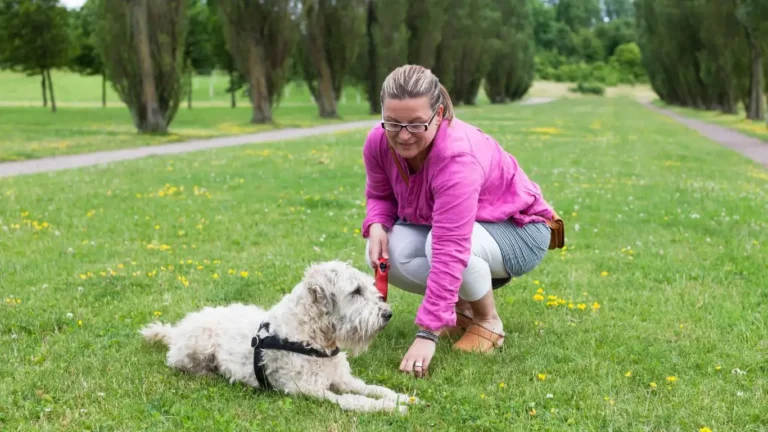Effective Ways to Train a Dog to Stop Barking at Wind Fast
If you’ve ever found yourself wondering how to train a dog to stop barking at wind, you’re definitely not alone. As a Canine-Assisted Therapy Trainer, I’ve worked with all kinds of dogs who have this quirky, sometimes frustrating habit. It might sound funny—dogs barking at nothing but the breeze—but for many owners, it’s a real challenge. The good news? With a little patience, some smart strategies, and a deeper understanding of why your pup reacts this way, you can turn those noisy moments into calm ones. Let me share some insights and tips from my personal experience in training dogs to better handle wind-induced barking.
Why Do Dogs Bark at Wind?
First off, it helps to understand why dogs bark at wind in the first place. Dogs are naturally alert animals, wired to react to changes in their environment. Wind rustling leaves, fluttering trash, or even moving shadows can all be perceived as potential threats or interesting stimuli. In many cases, the barking is a combination of curiosity and a protective instinct kicking in.
From my years of training therapy dogs, I’ve noticed that this behavior is often amplified in dogs who are more sensitive to sounds and movements. For example, some breeds—like terriers or shepherds—are genetically more prone to alert barking. But beyond breed, individual temperament plays a huge role too.
Think of it this way: your dog is telling you they’re unsure about what’s happening outside. It’s their way of saying, “Hey, something’s going on here!” That’s why when the wind picks up and sends leaves tumbling, or when it whistles through the trees, your dog might go into full-on alert mode.
How to Train a Dog to Stop Barking at Wind: Getting Started

Knowing the cause is half the battle, but how exactly do you teach your dog to chill out when the wind blows? The key lies in building your dog’s confidence and teaching them to redirect their attention away from the triggers. This takes some consistency and understanding, but it’s absolutely doable.
Here are some important first steps to keep in mind:
- Observe your dog’s specific triggers: Not all wind is the same to a dog. Is it the sound of rustling leaves? The movement of branches? Or maybe the way the wind makes noises near windows? Watch closely to identify what exactly sets your dog off.
- Create a calm environment: Before addressing the barking, set your dog up for success by minimizing other distractions. If you’re training indoors, close the windows or use white noise to soften outside sounds.
- Use positive reinforcement: Reward your dog when they stay quiet or look to you for guidance instead of barking. Treats, praise, or a favorite toy all work great here.
In my experience, dogs respond best when the training feels like a game or a fun challenge, rather than a punishment. I always tell new dog parents to keep sessions short and upbeat to keep their furry friends engaged.
Desensitization and Counter-Conditioning: Your Best Friends
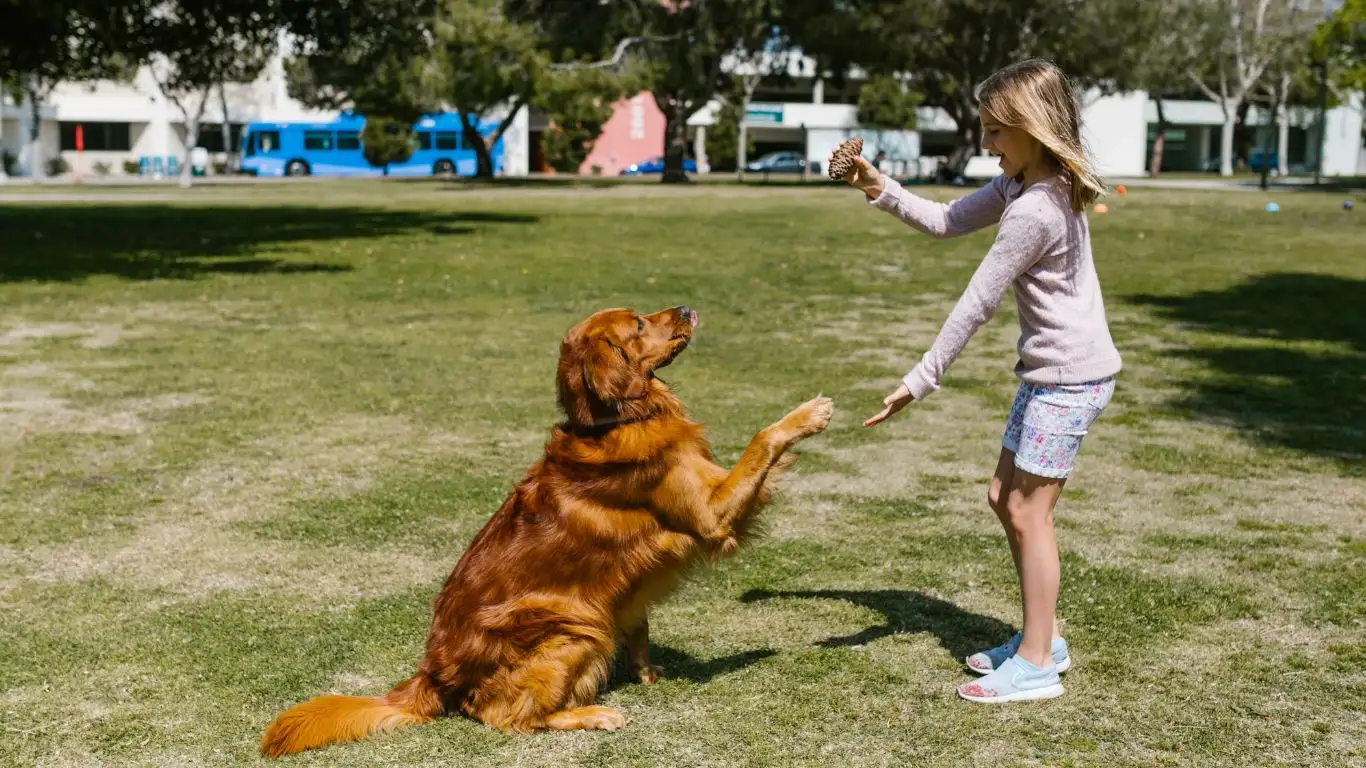
Two of the most effective techniques for calming wind-triggered barking are desensitization and counter-conditioning. Let me break down what that looks like in practice:
- Desensitization: Gradually expose your dog to the wind stimuli at a low intensity that doesn’t cause barking. This could mean sitting outside on a mildly windy day or opening a window just a crack. Over time, increase the exposure slowly, allowing your dog to get used to the sensations without reacting.
- Counter-conditioning: Pair the presence of the wind or related noises with something your dog loves, like treats or playtime. The goal is to change their emotional response from “This is scary” to “This means good things happen.”
When I started using these methods with a particularly reactive golden retriever named Bella, the difference was noticeable within weeks. Instead of barking wildly at every gust, she learned to sit quietly and look to me for what to do next.
Practical Training Tips to Reduce Barking at Wind
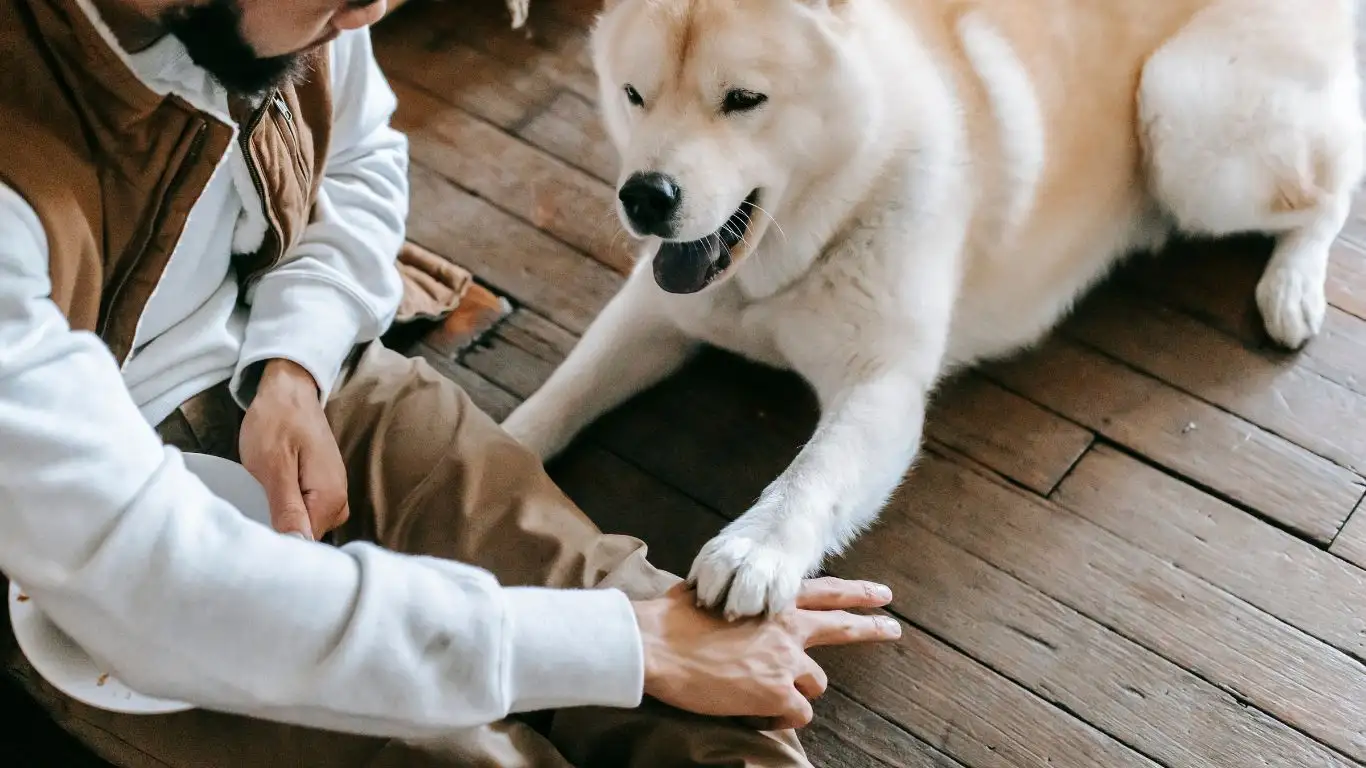
Once you’ve started desensitization and counter-conditioning, it’s time to add some practical training exercises to really help your dog learn self-control. In my years of working with dogs, I’ve found that combining these strategies with clear communication tools makes all the difference. Remember, this isn’t about shutting your dog down—it’s about teaching them how to respond differently when they’re feeling alert or uncertain.
Here are some easy-to-apply techniques that have worked wonders for the dogs I’ve trained:
- Teach the “Quiet” command: This is a game-changer. Start by waiting for your dog to stop barking naturally, even if just for a second or two. The moment they’re quiet, reward them with a treat and say “Quiet” in a calm, friendly tone. Gradually, your dog will connect that word with stopping barking.
- Use “Look at me” or “Focus” cues: When your dog starts barking at the wind, redirect their attention to you. Hold a treat near your face and say “Look at me” or “Focus.” When they make eye contact, reward immediately. This shifts their focus away from the wind and towards you, breaking the barking cycle.
- Practice controlled exposure: Go outside with your dog on a windy day and bring along treats and toys. When the wind triggers barking, calmly redirect your dog to a sit or down position and reward calm behavior. This helps reinforce that being quiet is more rewarding than barking.
When I worked with Max, a very energetic border collie who couldn’t stop barking at the slightest breeze, the “Look at me” command really helped us reset his mindset. It gave him a job to do that wasn’t barking, and he quickly learned that paying attention to me meant rewards and praise.
Environment and Routine: Supporting Calmness
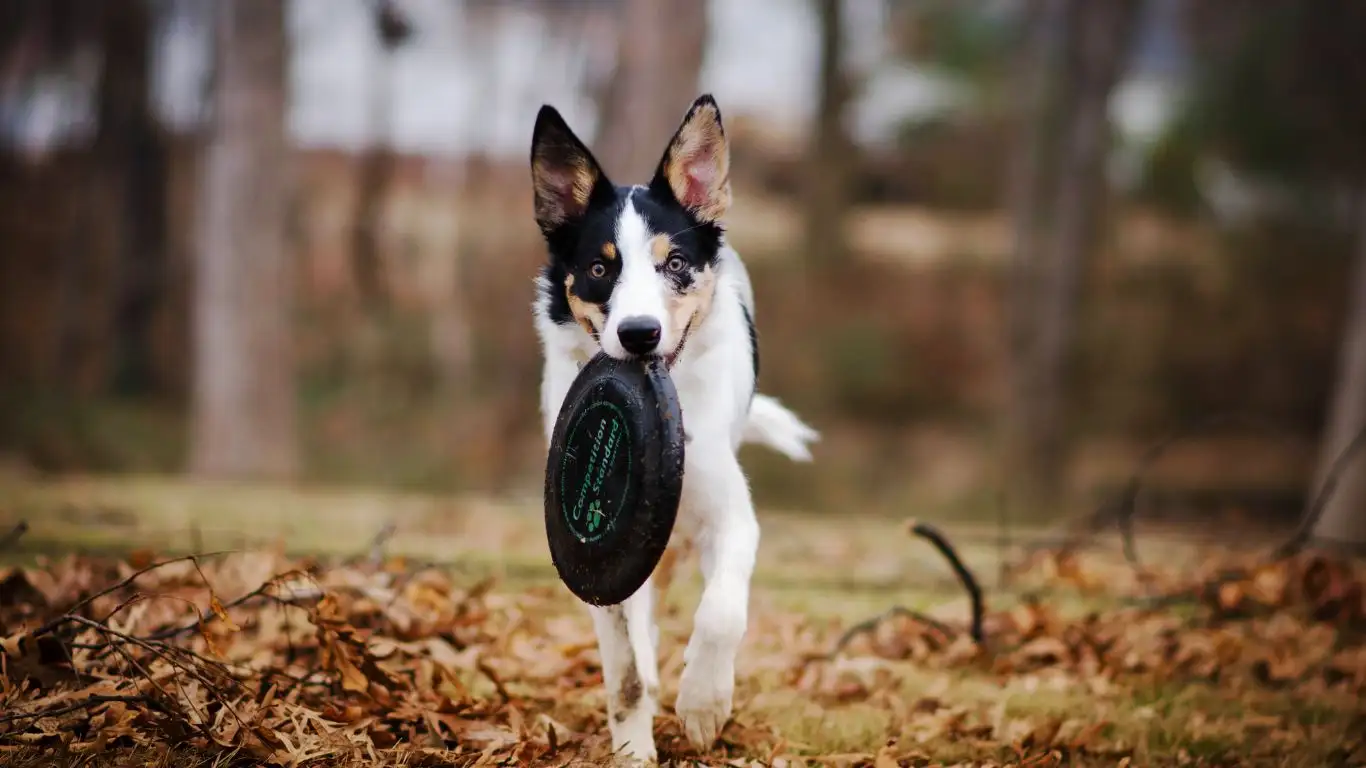
Another important factor in how to train a dog to stop barking at wind is the environment you provide. Dogs are sensitive to their surroundings, and sometimes small changes can create big improvements in behavior.
Here’s what I recommend based on my hands-on experience:
- Limit visual triggers: If your dog barks at wind-driven movement outside windows or doors, try blocking the view with curtains, frosted film, or even rearranging furniture. This reduces what your dog can see, which often lowers barking triggers.
- Provide a safe “quiet zone”: Create a cozy corner or crate where your dog feels secure and can retreat when the wind is loud or unsettling. Adding favorite blankets, toys, or a calming scent can make this spot inviting.
- Keep a consistent routine: Dogs thrive on predictability. Daily walks, playtime, and training sessions at the same time each day help reduce overall anxiety, which in turn lowers reactive behaviors like barking.
From personal experience, many dogs who bark at wind are actually anxious or overstimulated by unpredictable noises and movements. When you set up a routine and a calm space, you’re addressing the root cause, not just the symptom.
Using Positive Reinforcement and Patience

It can be tempting to get frustrated when your dog won’t stop barking at wind, but trust me, patience and positive reinforcement are your best allies. I’ve found that dogs respond far better to encouragement than to punishment. When you reward calm behavior and redirect barking gently, you’re strengthening your bond with your dog while teaching new habits.
Here are a few pointers from my experience:
- Celebrate small wins: Even if your dog only barks less or stays quiet for a few seconds longer, give them a treat or affection. This motivates them to keep improving.
- Stay calm yourself: Dogs pick up on your emotions. If you’re anxious or upset, it can increase their stress. Speak softly, move slowly, and keep your energy relaxed.
- Be consistent: The same commands, rewards, and routines every day make the learning process clear and reliable for your dog.
One of the therapy dogs I trained, Luna, had a tough time with wind barking initially. Her owner was a bit overwhelmed but stuck to the training plan, rewarded calm moments, and stayed consistent. Over a couple of months, Luna became much quieter and more confident during windy days—proof that persistence pays off.
Advanced Strategies to Manage Barking at Wind
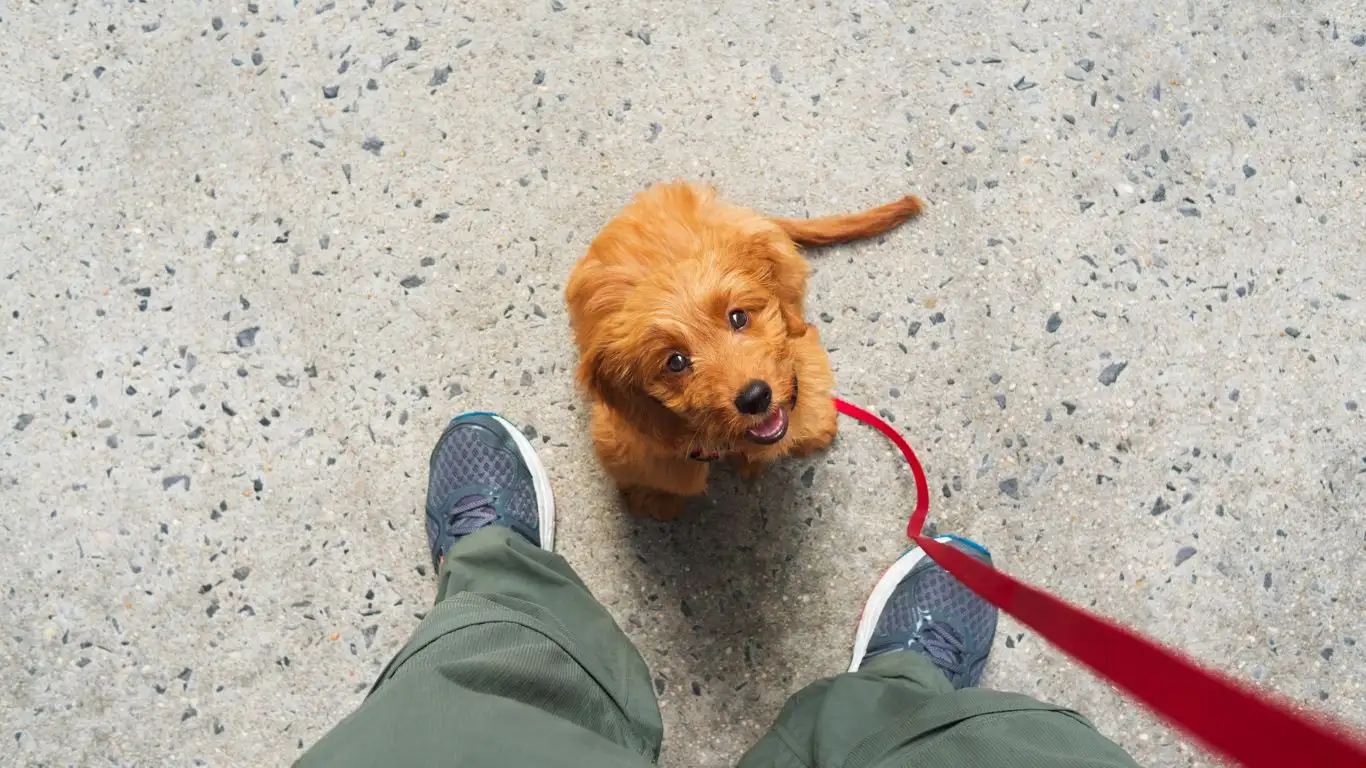
By this point, you’ve likely built a solid foundation to help your dog stay calmer when the wind picks up. But sometimes, especially with dogs who have strong alert instincts or anxiety, you might need to go a step further. Based on my experience as a Canine-Assisted Therapy Trainer, these advanced strategies can really deepen your dog’s ability to handle windy distractions.
One approach I’ve found incredibly effective is teaching an incompatible behavior. That means training your dog to perform an action that simply can’t happen while barking—like lying down quietly or fetching a specific toy on command when the wind blows. This not only distracts them but also gives their brain something productive to focus on instead of reacting to stimuli.
Here’s a simple way to start:
- Pick a reliable behavior: Choose something your dog already knows well—“down,” “stay,” or “fetch.” The easier for your dog to perform under distraction, the better.
- Practice in calm settings: Reinforce the behavior without wind distractions first, so your dog feels confident and successful.
- Introduce mild wind stimuli: Once your dog is solid with the behavior, add in low-level wind sounds or movement. Reward them for performing the behavior instead of barking.
- Increase wind intensity gradually: Like desensitization, slowly expose your dog to stronger wind conditions while practicing the incompatible behavior.
When I worked with a shy German Shepherd named Rex, teaching him to “down and stay” during breezy walks helped reduce his barking significantly. It wasn’t just about quieting him—it was about giving him a job and building trust in unpredictable situations.
When to Seek Professional Help
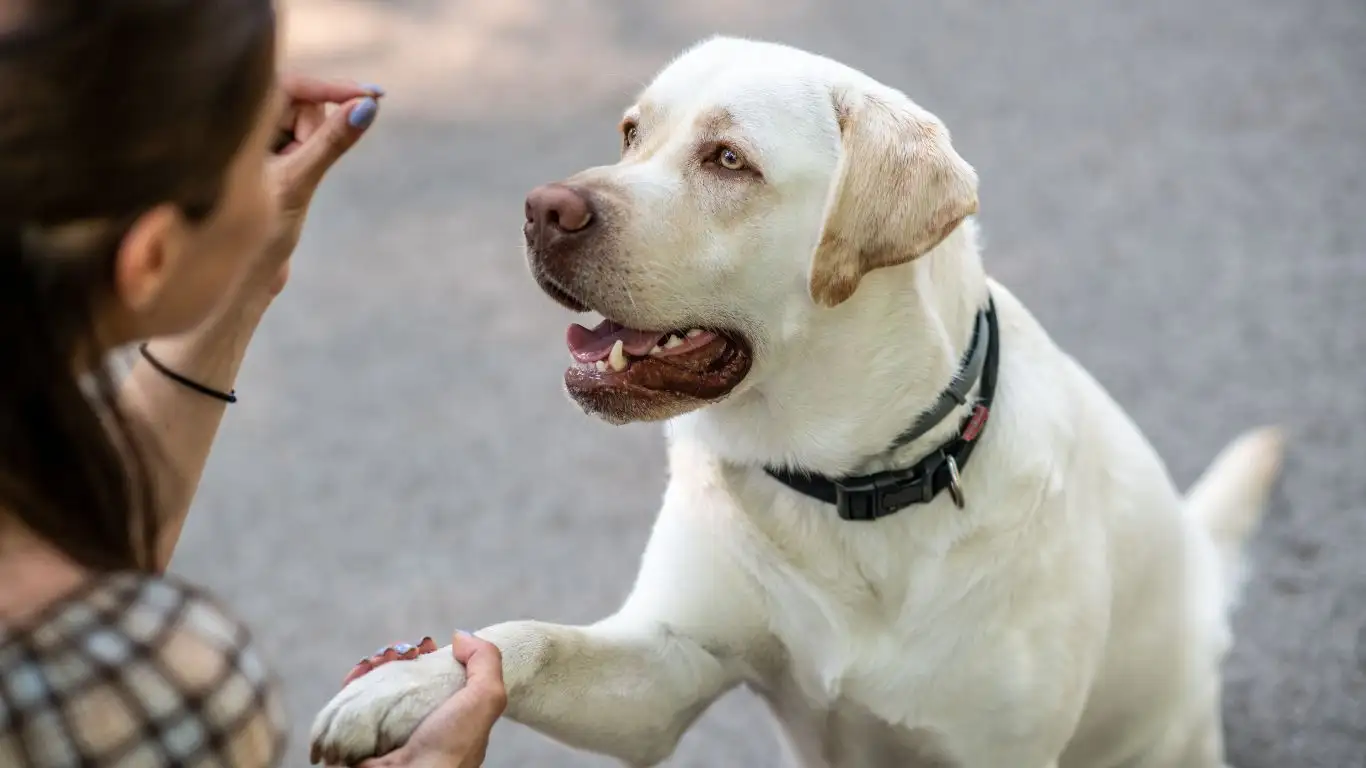
Sometimes, despite your best efforts, the barking at wind might persist or even worsen. This can be especially true if your dog has underlying anxiety or a history of reactivity. In such cases, reaching out to a professional trainer or a veterinary behaviorist can make a huge difference.
Professionals bring not only expertise but also fresh eyes to assess your dog’s triggers, stress levels, and training progress. They can tailor a plan that fits your dog’s unique needs, sometimes incorporating calming aids or behavior modification techniques that aren’t easy to do solo.
Here are some signs it might be time to get professional help:
- Barking leads to self-injury or destructive behavior
- Your dog shows signs of severe anxiety, like shaking or pacing
- Training at home isn’t improving the behavior after consistent effort
- Barking escalates to aggression toward people or other animals
Remember, asking for help is a sign of strength, not failure. I’ve seen many dogs thrive once their families teamed up with experts who understood the nuances of canine behavior.
Maintaining Long-Term Success: Tips from My Experience
Training a dog to stop barking at wind isn’t a one-time fix—it’s an ongoing journey. The key to lasting success is to keep reinforcing calm behaviors, stay consistent, and be patient with your furry friend.
From my years as a therapy trainer, I can’t stress enough how important it is to celebrate progress, no matter how small. Dogs pick up on our attitudes, so when you stay positive and encouraging, your dog feels more confident and motivated.
Here are a few final pointers that have helped my clients and me maintain progress:
- Keep training sessions short and frequent: A few minutes several times a day works better than long, exhausting sessions.
- Adjust for seasonal changes: Windy days can vary in intensity; be flexible and patient when progress slows.
- Monitor overall stress levels: Make sure your dog gets enough exercise, mental stimulation, and downtime to prevent excess anxiety.
- Use calming tools if needed: Items like anxiety wraps, pheromone diffusers, or calming music can complement your training efforts.
One memorable case was with a sweet Labrador named Daisy, who initially barked at every gust during fall. Her owner stuck to the plan, gave her plenty of exercise, and introduced a calming diffuser in the house. Over several months, Daisy became noticeably more relaxed and rarely barked at the wind anymore. It’s stories like these that remind me why this work is so rewarding.
References & Resources
- American Society for the Prevention of Cruelty to Animals (ASPCA)
- American Veterinary Medical Association (AVMA)
- American Kennel Club (AKC)
- PetMD
Disclaimer
The information provided here is based on my personal experience as a Canine-Assisted Therapy Trainer and general best practices in dog training. However, every dog is unique and may require tailored approaches. If your dog’s barking behavior is severe, persistent, or accompanied by signs of distress, please consult a professional trainer or veterinary behaviorist for individualized advice.




